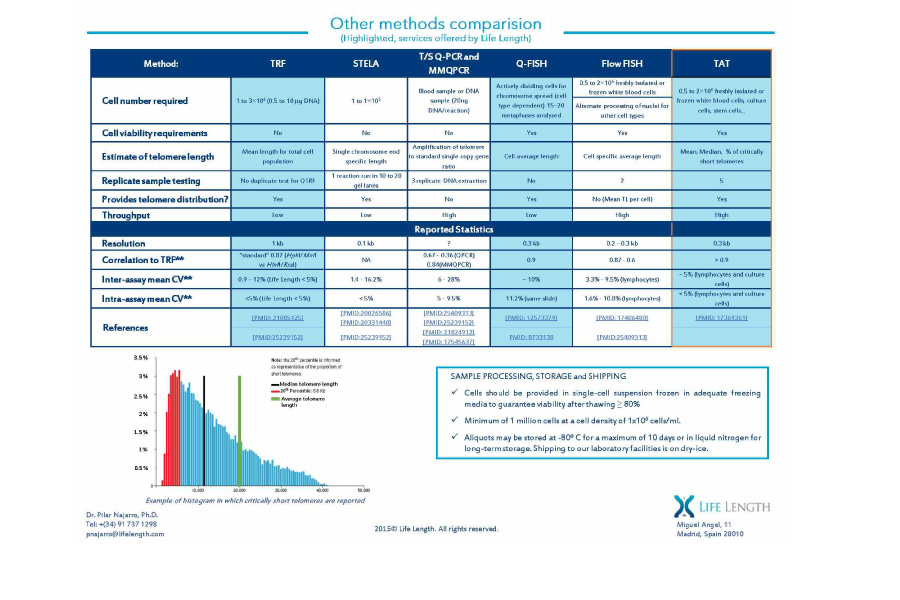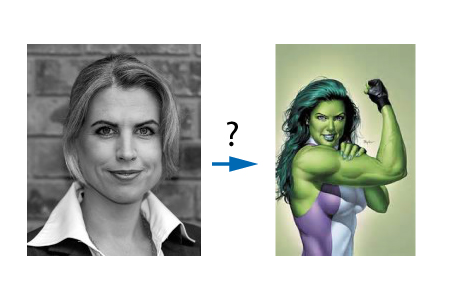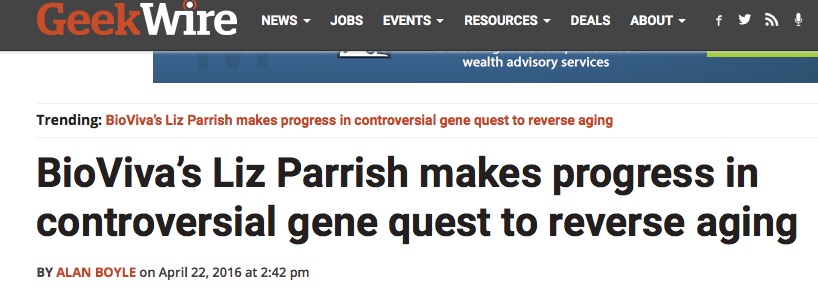- Written:
- Author: Edward
- Posted in: News
- Tags: bioviva, Dr. Ed Park, follistatin, gene therapy, lifelength, liz parrish, spectracell, ta-65, telomerase, telomerase activation, telomere length
I have received a lot of emails from patients and subscribers to comment on Liz Parrish’s 6-month telomere improvement after having a gene therapy to increase her telomeres and muscle viability in September of 2015.
There has been a lot of buzz about this in the past few days, most of which sell the hype that she is 20 years younger. For example, this article:
As quoted in the above article, these were results of leukocyte telomere mean length by quantitative PCR method “at SpectraCell Laboratories in Houston. When SpectraCell ran the same test on her cells in March, the telomere length went from 6,710 DNA base pairs to 7,330 base pairs.”
So what are we do make of this “n-of-one study?” (usually meant as an oxymoronic slight, btw).
I have been doing telomere testing for 8-years and I believe other biomarkers are needed to adequately assess and changes, such as the heart, lung, skin, vision, CNS, and immune reserve testing that we do in my office.
The headline that she has gotten 20 years younger is problematic. It is estimated that telomeres shorten 50-200 base pairs per division (and per year)** and they used the 50 base pair estimate to infer the change. 600 base pairs/50 bp per year= 20 years. You could argue that she has only gotten 3 years younger if you assume 200 base pairs.
Is this within the range of error? It probably represents a real change if validated by two other labs although qPCR is not the best technique as explained by my lecture to the 2015 Biomarkers Conference and this chart from LifeLength, makers of the TAT test:

But what does it all mean? It remains only one person which doesn’t necessarily mean it can’t be replicated. But it just hasn’t been yet and don’t expect it to anytime soon. Notably, we don’t know what the long term effects of adding extra copies of genes is going to be. Having said that, I have many of these “n-of-one” studies called my patients and I would say the majority of the long term users of telomerase activators do get improvements if they continue for more than a year use.
I think the results of the double-blind, placebo controlled trial of herbally-extracted telomerase activator, TA-65 are more reliable because there was true randomization and an effect was detected at low sample numbers. At the low dose, there was a+500 base pair increase after a year, which is less than a presumed +1200 result if we extrapolate the gene therapy effect on Liz. But the issue with gene therapy is whether the foot can come off the accelerator or not. With an ingested telomerase activator, you can always stop and coast an out of control car to a gentle slowing (aging naturally) or stop (cell death from mutation).
There are many confounding factors which could account for this change in Liz Parrish’s results and the purpose of randomization, blinding, and placebo controlling is to admit that we don’t know what those factors might be so they will be presumably cancelling each other out with respect to the intervention and result.
There are many questions that we don’t even know to ask about gene therapy in this context and they pertain to telomere length regulation, stem cell ecology, and even epigenetic and genetic changes that will accumulate in the absence of normal senescence from induced supranormal stem cell longevity.

To hear from this charismatic pioneer, watch the interview that I did with her:
————-
POSTSCRIPT:
For those of you who enjoy footnotes and noticed the **, here is your payoff.
How can cells lose 50-200 base pairs per division, divide 50 or a million times, and yet only age 50-200 base pairs a year?
The answer is that the ones without active telomerase are non-stem cells and age their telomeres to death within 50-70 divisions (the Hayflick Limit).
In contrast, the stem cells can copy ad infinitum and therefore copy forever as well. This can lead to problems if the stem cells don’t remain in perfect condition.


